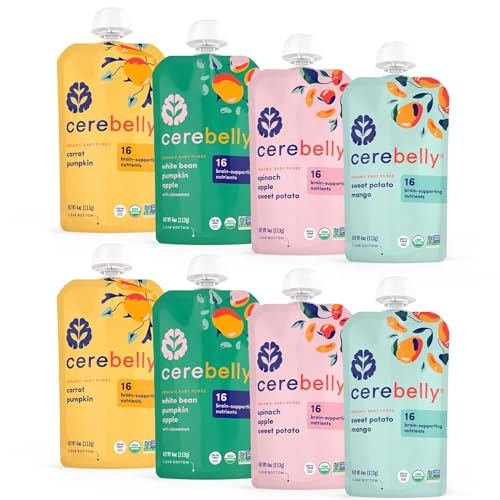Some of the kits will likely be wild type, often called chestnut, but the rest really depends on what your buck is "hiding" genetically, as well as what the does carry at some of their loci. You could possibly get anything from opals, to chinchillas, to self blacks and blues, to more sables, himalayans, or whites (either blue-eyed or ruby-eyed). The only thing I think you could possibly rule out at this point would be steels, though there's even a faint chance that could be hiding in one or both of the does. If you knew what colors your rabbits' parents were, or knew what color kits they've already produced, you could make a better guess.
The buck's white foot could be due to several different genes, including broken <
En>, vienna aka blue-eyed white <
vv>, or even dutch <
du> though that last one usually makes more than a white foot. If it's from the broken gene, about half his bunnies will also be broken; if it's from the vienna or dutch genes, some of his bunnies may also get random white marks.
So, depending on what your buck carries, you may get a very colorful litter from him with those does!
Chestnut is produced by dominant alleles (forms of genes) at almost all loci (places on the genome), so every locus can possibly carry one or another recessive. A chestnut is <
A_B_C_D_E_>, where the dominant allele is indicated by a capital and the understrike means you don't know what is in the second place (there are exactly two alleles at each locus, one inherited from each of the parents).
A = agouti (not otter or self)
B = black (not chocolate)
C= full color
D = dense color (not dilute)
E = normal extension, meaning the fur has normal bands of color like you will see on your buck if you blow into his fur. Unlike the preceding four alleles, this isn't technically the most dominant form on the E series; there are two more dominant forms, steel <
E(S)> and dominant black <
E(D)>, but they won't be hiding in a chestnut.
Siamese sable is produced by a couple of recessive alleles, so it's this: <
aaB_c(chl)_D_E_>. It's a "self" <
aa>, meaning there's no banding on any of the fur, and no agouti "trim" inside the ears, around the eyes, along the jaw, and under the belly and tail. It's also "shaded" which comes from the partially recessive shaded or sable allele (formerly known as chinchilla light hence the <
c(chl)> notation). It's a little surprising that you'd get siamese sables from a Cal x Flemish cross since neither breed should carry sable (in fact, Californians
cannot carry sable as himi is recessive to sable), but once people start crossbreeding, it's no holds barred genetics.



























































